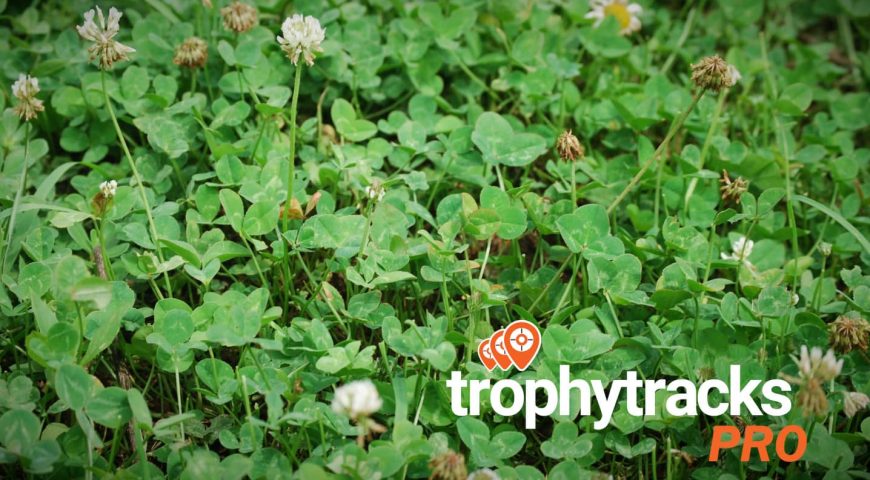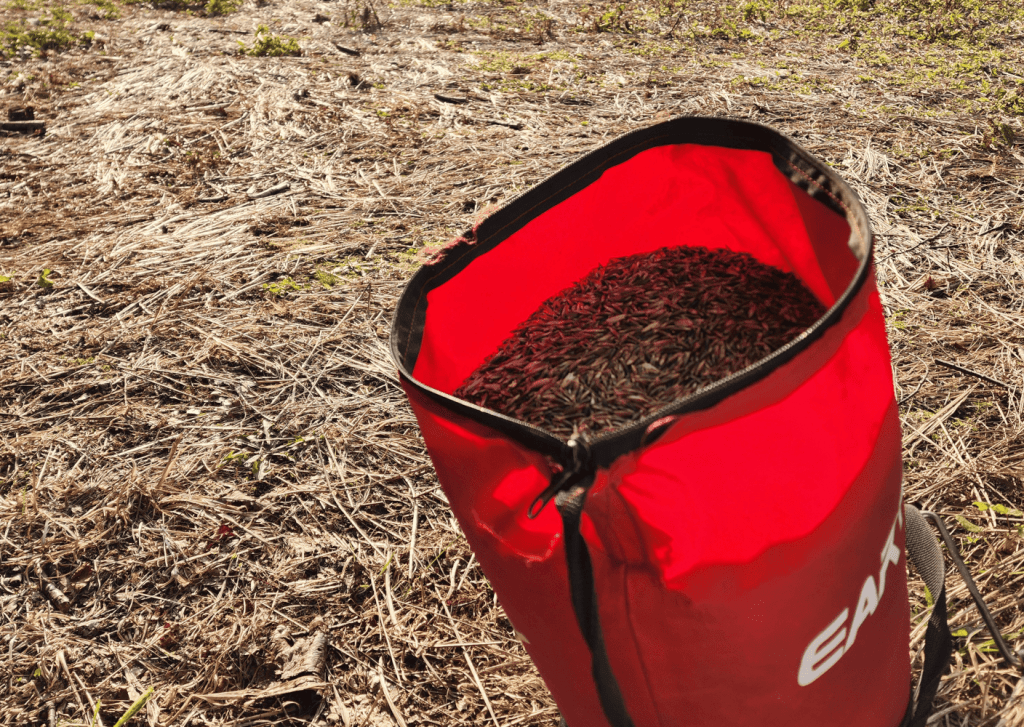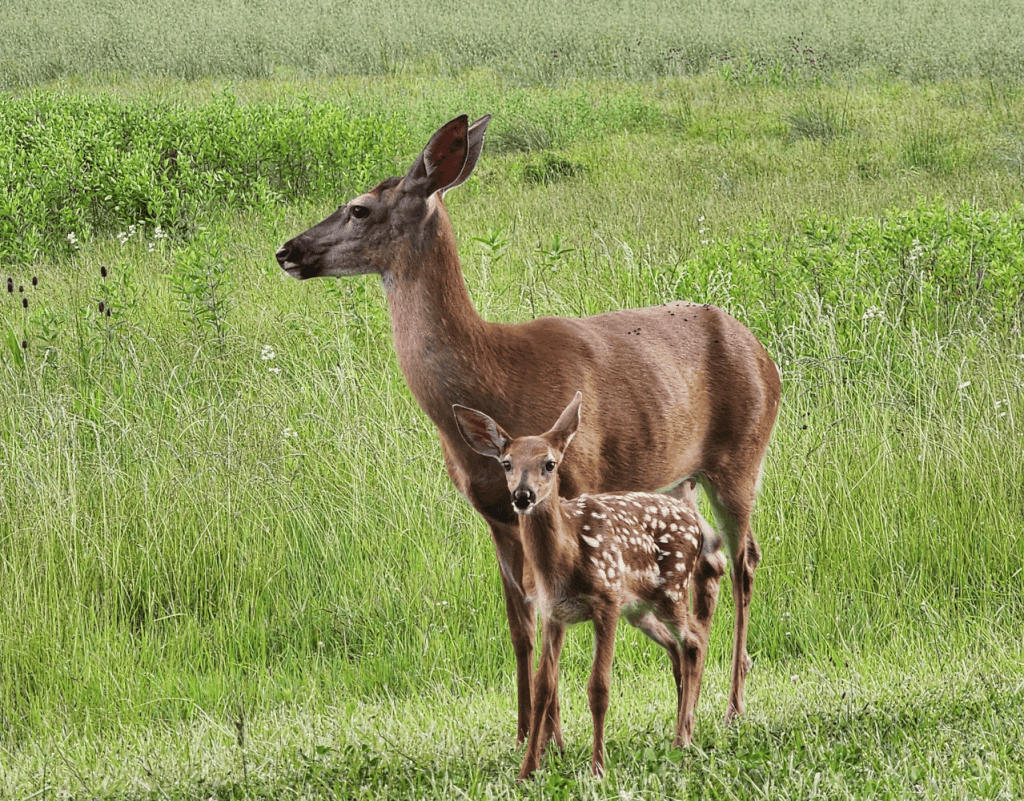
Food Plot Tips | Creating Deer Food Plots on a Budget
Creating food plots for deer is expensive. Even if you have small areas to plant, it is not cheap to put in a food plot. However, there are ways you can put in a successful food plot for deer on a budget. Don’t break the bank and use these food plot tips to create a successful plot on a budget.
Budget-Friendly Food Plot Tips
Creating deer food plots on a budget is entirely possible with careful planning and resourcefulness. By following these 6 food plot tips, you can establish an effective food plot that will attract deer and enhance your hunting experience.
- Select the right location
- Do a soil test
- Choose budget-friendly seeds
- DIY planting and maintenance
- Timing is key
- Focus on small, quality food plots
1. Select the Right Food Plot Location
One of the most critical food plot tips is selecting the right location. Look for a spot with good soil, adequate sunlight, and natural water sources nearby. Avoid areas that require extensive clearing or that have poor soil quality, as these will increase your costs. A site that is already partially cleared and has a decent amount of sunlight will save you time and money on preparation.
2. Do a Soil Test Before You Plant a Food Plot
Before planting, it’s essential to test your soil. Soil tests are relatively inexpensive and will provide crucial information about the pH level and nutrient content. Based on the results, you can apply the right amount of lime and fertilizer, which will prevent overuse and reduce costs. Many agricultural extension offices offer soil testing services at a low cost. There are no excuses to not do a soil test for each of your food plots.
3. Choose Budget-Friendly Food Plot Seeds
When choosing seeds, opt for varieties that are affordable and well-suited to your region. For example, clover and ryegrass are excellent choices for those on a budget, as they are relatively inexpensive and grow well in a variety of conditions. Additionally, perennial plants can be more cost-effective over time, as they require less replanting compared to annual food plot seeds.

4. DIY Planting and Maintenance Food Plot Tips
Another way to save money is by doing the planting and maintenance yourself. Renting equipment, such as a seed spreader or a tiller, can be much more affordable than hiring a professional. If you have a small plot, hand tools might be all you need. Additionally, regular maintenance, such as mowing and weeding, will keep your food plot healthy and prevent the need for costly interventions later on.
5. Timing is Key
Timing is another crucial factor when it comes to budget-friendly food plot tips. Planting at the right time ensures that your seeds have the best chance of success. Early spring or late summer are ideal times to plant, depending on your chosen food plot seeds. Proper timing can reduce the need for replanting, saving you both time and money.
6. Focus on Small, Quality Food Plots for Deer
Finally, one of the best food plot tips is to focus on smaller, high-quality plots rather than spreading your efforts too thin. A well-maintained, small plot can be more effective in attracting deer than a larger, poorly maintained one. Concentrating your resources on a smaller area will maximize your budget and yield better results.

PRO tip: Use TrophyTracks to mark food plot locations and document critical planting data such as soil test results, seeds used, and timing. As your food plot for deer develops, you can also keep track of how well it is doing. This information is valuable in future years to be able to adapt your food plot strategies for better success.
In conclusion, creating deer food plots on a budget is entirely possible with careful planning and resourcefulness. By following these food plot tips, you can establish an effective and sustainable food plot that will attract deer and enhance your hunting experience, all without spending a fortune.

